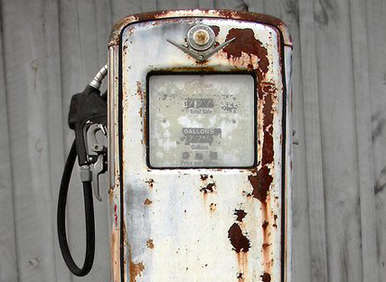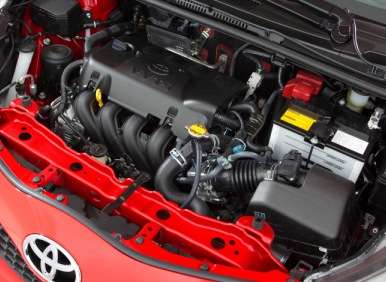Recent Articles
Popular Makes
Body Types
What Is Biodiesel?

If you’ve ever been driving down the street and smelled the odor (or fragrance depending upon your proclivities) of French Fries coming emanating from the car in front of you, odds are that person is using biodiesel fuel in their car. Domestically produced and readily renewable, what biodiesel is made from is typically vegetable oils, animal fat, and recycled restaurant grease. When properly treated, the food-based oils burn considerably cleaner than petroleum based diesel fuel; even while exhibiting similar properties in terms of storage, delivery and energy concentration.
Biodiesel Fuel: How Biodiesel Is Made
In most cases, the biological fuel is combined with petroleum-based fuel for usage. Biodiesel is typically made by chemically reacting the biological oils with an alcohol to produce fatty acid esters capable of releasing their energy when burned. A mixture of five percent biodiesel and 95 percent petroleum diesel is categorized as “B5”. A 20 percent blend is referred to as “B20”. Pure bio-based diesel is referred to as “B100”. Interestingly, the very first diesel engine to run under its own power — the one created by Rudolf Diesel, inventor of the diesel engine — was bio-fueled with B100 made from peanut oil.
Engines designed to run on petroleum-based diesel can run on both B5 and B20 biodiesel fuel with no modifications. B100 has different solvent properties and can cause problems in engines not configured specifically for it. Petro-diesel can create deposits in fuel lines. Bio-diesel dislodges these and they will become trapped in the fuel filter. If an engine has previously run on pure petro-diesel and biodiesel is subsequently introduced, it is advisable to change the filters within a few hundred miles of converting to biodiesel to prevent clogs.
Most owners’ manuals of diesel automobiles take bio-diesel into consideration. Before switching your car or truck to biodiesel, it’s a good idea to consult your manual to see what your manufacturer recommends. Some manufacturers will not honor warranty claims if engine or fuel line components are damaged by biodiesel fuel.

Biodiesel Fuel: Availability and Properties
Currently biodiesel is available in all 50 states. Some 316 million gallons of biodiesel were consumed in the U.S. in 2009. As of February 2011, there were 600 B20 fueling sites located across the United States. A list of biodiesel station can be found online at www.afdc.energy.gov/stations.
Other considerations of using biodiesel fuel are its cold weather properties. Pure (B100) biodiesel can crystallize in very cold temperatures. If your vehicle is subjected to cold winter weather and you want to use B20 biodiesel, you should make sure it is blended with No.2 diesel manufactured with flow improvers to improve its performance in cold weather.

Biodiesel Fuel: Pros and Cons
As a fuel, biodiesel offers many advantages; among them it’s biodegradable, so if it spills it will decompose naturally. Biodiesel also lubricates the engine it fuels, so it reduces wear and tear on engine components, which means it increases the longevity of the powerplant. It is also safer to use than conventional diesel fuel as it takes more heat to ignite, it is less readily combustible than standard diesel fuel.
This property actually leads to one of the downsides of biodiesel. It takes more heat to ignite so it produces less energy. This means it’s a bit more expensive to use than conventional diesel fuel. There’s about a 10 percent decrease in power production of biodiesel vs. petro-diesel. It is estimated B20 biodiesel can cost about 30 to 40 cents a gallon more than standard diesel.
